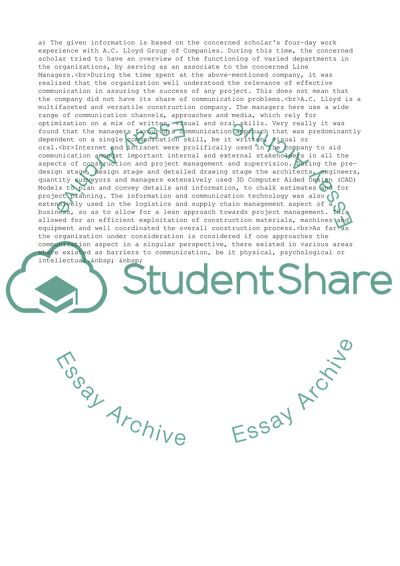Cite this document
(Management Theory, Communication, and Organization Structure Assignment, n.d.)
Management Theory, Communication, and Organization Structure Assignment. Retrieved from https://studentshare.org/management/1747430-management-theory-communication-and-organization-structure
Management Theory, Communication, and Organization Structure Assignment. Retrieved from https://studentshare.org/management/1747430-management-theory-communication-and-organization-structure
(Management Theory, Communication, and Organization Structure Assignment)
Management Theory, Communication, and Organization Structure Assignment. https://studentshare.org/management/1747430-management-theory-communication-and-organization-structure.
Management Theory, Communication, and Organization Structure Assignment. https://studentshare.org/management/1747430-management-theory-communication-and-organization-structure.
“Management Theory, Communication, and Organization Structure Assignment”, n.d. https://studentshare.org/management/1747430-management-theory-communication-and-organization-structure.


